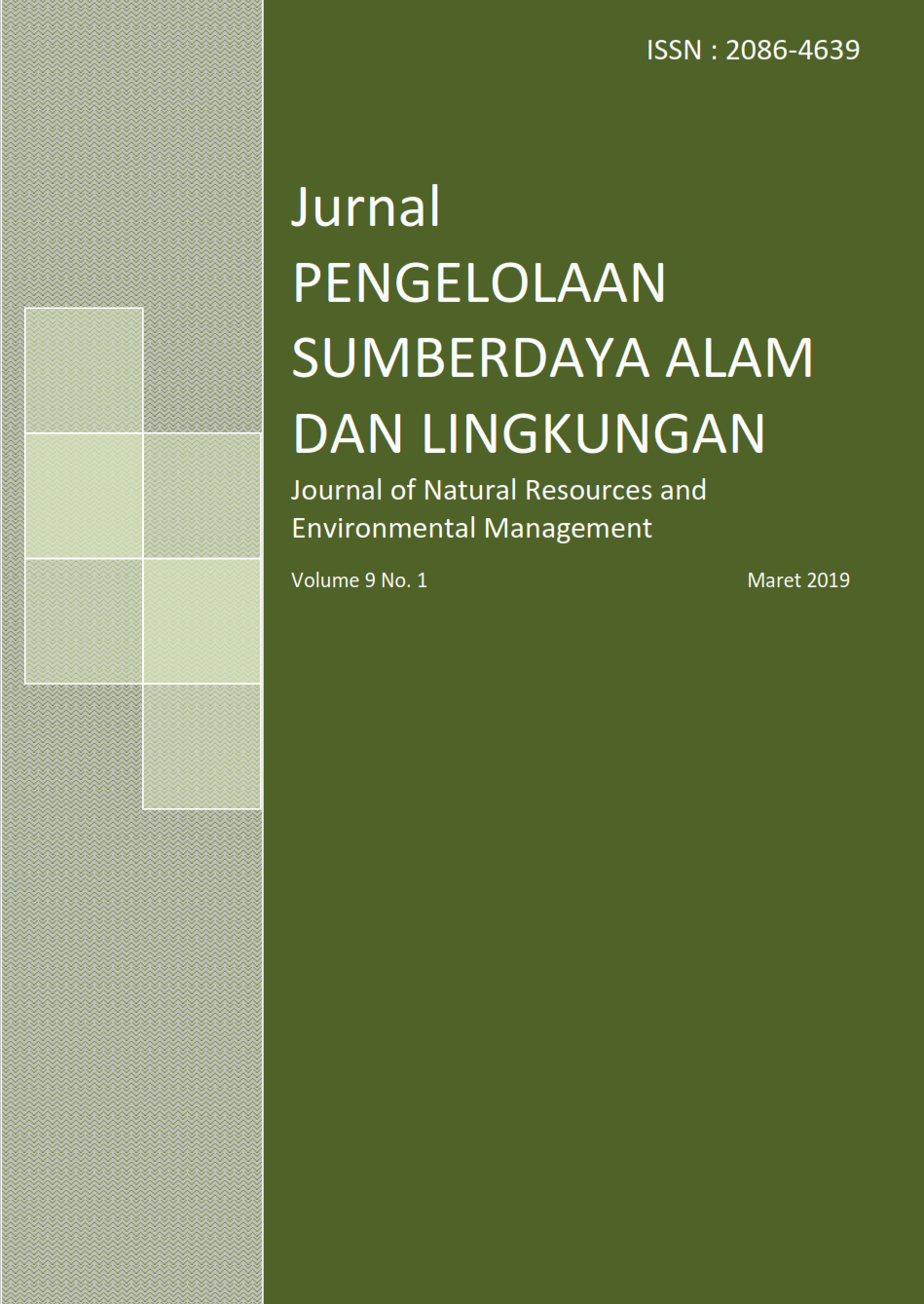Kerentanan Sosioekonomi Rumah Tangga Petani Akibat Konversi Lahan (Studi Kasus Kabupaten Bogor Jawa Barat)
Abstract
Land conversion is one of the consequences of population growth. Bogor as a buffer zone of the capital city and Bekasi, Depok, Tangerang has significant increase number of developed land. The urban sprawl drove land use change from farmland, paddy fields, and forest area. This study tries to identify livelihood assets and livelihood structures and to analyse the socioeconomic vulnerability index of farm households as a result of land conversion in Cibungbulang Sub-district, Bogor Regency. The research focused on two villages, Cemplang and Situ Udik. We surveyed 35 households from each village to collect data on various vulnerability domains and 27 socioeconomic indicators. We built and weighted these indicators base on local stakeholders, farmers, prior researches and literature studies. The research results showed that both villages are moderate in vulnerability and are still able to deal with the existing shocks. SeVI of Cemplang is 0.51 and Situ Udik’s 0.37. There are five livelihood assets used by respondents to survive; human capital, economic, social, physical and financial.
Authors
Authors who publish with this journal agree to the following terms:
- Authors retain copyright and grant the journal right of first publication with the work simultaneously licensed under a Creative Commons Attribution License that allows others to share the work with an acknowledgement of the work's authorship and initial publication in this journal.
- Authors are able to enter into separate, additional contractual arrangements for the non-exclusive distribution of the journal's published version of the work (e.g., post it to an institutional repository or publish it in a book), with an acknowledgement of its initial publication in this journal.
- Authors are permitted and encouraged to post their work online (e.g., in institutional repositories or on their website) prior to and during the submission process, as it can lead to productive exchanges, as well as earlier and greater citation of published work (See The Effect of Open Access).





